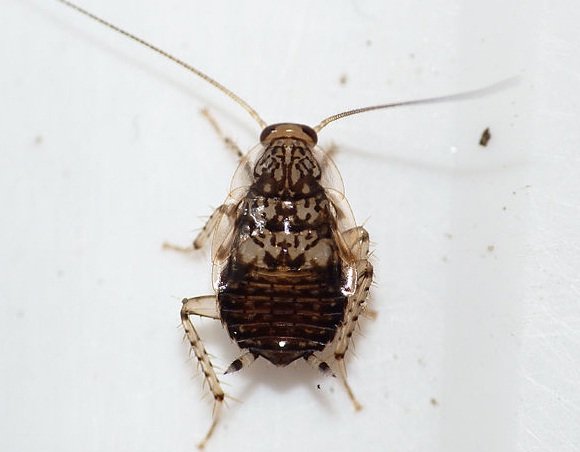What Do Baby Cockroaches Look Like?

When we hear the word “cockroach,” the immediate image often comes to mind is that of a fully-grown, large insect. However, like all creatures, roaches have a juvenile phase. Baby cockroaches, or nymphs as they are scientifically known, can be as intriguing as their adult counterparts. Understanding their appearance can be crucial in identifying an infestation early.
Baby Cockroach Images:
The Baby’s white-looking roach is not like other species. It is just like small size adult ones. Most of them are less than 4 mm and have round body shapes. Typically it is tough to identify them & also hard to prevent them from coming into the house. Suppose you see just one in your home. In that case, there is a considerable possibility that hundreds are hiding somewhere in your house. It is essential to catch the outlook as it can help you know whether or not your home has a future infestation.
General Appearance of Baby Cockroaches
- Size and Color: Baby roaches typically measure between 1/8–1/4 inches in length. Their color is predominantly light brown to dark brown. However, they can appear white or light grey upon hatching but will darken within hours.
- Bodily Features: These young roaches possess a flat, hard-shelled body. As they grow, they undergo a process of molting, shedding their exoskeleton, and forming a new one. While most nymphs are wingless, certain species might show underdeveloped wings but are non-functional until adulthood.
- Anatomy: All baby roaches feature six spiny legs and two long, thin antennae. These might be less visible during their early stages but become more pronounced as they grow.

Identifying Baby Cockroaches by Species
- Baby American Cockroaches: Recognizable by their large oblong-shaped bodies and reddish-brown hue. A distinguishing feature is a halo-shaped marking on the back of their heads. When they hatch, these roaches are roughly the size of a rice grain.
- Baby German Cockroaches: These are smaller with oval-shaped bodies, primarily tan or light brown in color. A unique identification mark for them is the two dark, parallel lines on their pronotums. They can start as small as 1/8 inch long and grow up to 2/3 inches.
- Baby Oriental Cockroaches: Similar in appearance to American roaches, the baby Oriental roaches are about 1/4 inches long when hatched. They possess horizontal light and dark bands on their backs, distinguishing them from others.
- Baby Brown-Banded Cockroach: Characterized by their squatly oblong shape, six spiny legs, and long slender antennae. A light tan to dark brown color with two brownish bands across their abdomens makes them unique.
- The Baby White Roach: Not a distinct species, these are nymphs that have just hatched or molted. Their temporary pure white appearance makes them stand out, looking similar to wingless albino cockroaches.
Do baby cockroaches fly?
No, baby cockroaches, also known as nymphs, cannot fly. They develop wings as they mature, but only certain species use them for flying when adults.
How big are baby cockroaches?
Baby cockroaches, or nymphs, start out very small, often around 1/8 to 1/4 inches in length. Their size varies depending on the species and stage of development.
How many babies do cockroaches have?
A female cockroach can produce multiple egg cases (oothecae) in her lifetime. Each case contains 14 and 48 eggs, resulting in potentially hundreds of offspring, depending on the species.
Do baby cockroaches have wings?
No, baby cockroaches do not have fully developed wings. They undergo several molts before growing wings, which become more noticeable in later nymph stages.
Conclusion
While baby roaches share many similarities, their subtle differences in color, markings, and size help distinguish between species. Recognizing these baby roaches can be essential for homeowners to understand the extent and type of infestation they are dealing with. Proper identification aids in implementing effective control measures to combat these unwanted pests.

James E. Butkovich, Pest control maven with a knack for eco-friendly & Chemical solutions. Blogger with a mission to make homes pest-free, one post at a time.
